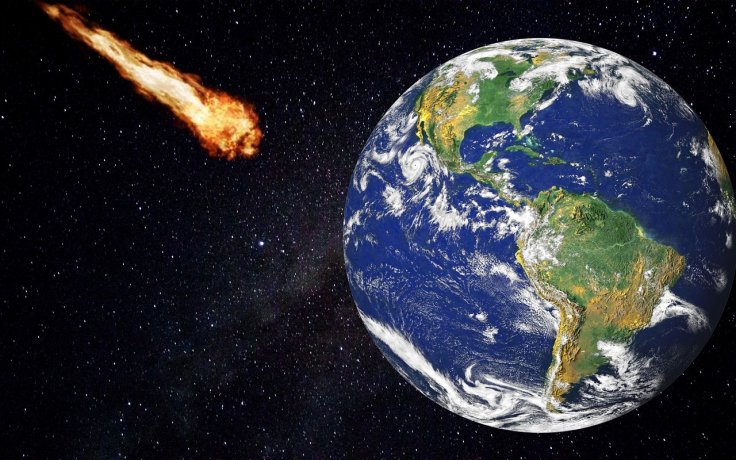Around 65 million years ago, earth witnessed a devastating asteroid hit, and it wiped out dinosaurs from the surface of the blue planet. Fortunately, after the rise of humans, a disastrous event with such magnitude has never hit the planet. However, space experts strongly believe that these catastrophic asteroid hits are not confined to the past, and it will surely happen in the future too.
In order to combat such a scenario, and to embrace adequate preventive measures, NASA, the United States space agency, has been tracking near-earth objects using advanced technologies in the past few years.

Asteroid in a collision course?
NASA's Centre of Near-Earth Object Studies (CNEOS) has now spotted a potentially dangerous asteroid that is now in its way towards the earth. As per the initial analysis, this space rock measuring 76 meters to 170 meters in diameter will make its close approach on December 06, 2019. The asteroid is now screeching at a speed of 27,034 kilometers per hour, and if it hits the earth, it could cause considerable regional damage, but not on a global scale.
As per NASA, on December 06, this asteroid named 2019 WR3 will pass within 5.44 million km of Earth. Even though the space rock is traveling at a safe distance, a section of space experts believe that certain factors like the gravitational keyhole could affect the trajectory of the asteroid. It should be noted that gravitational keyhole is the area in space where space bodies like asteroid get affected by the gravitational pull of nearby planets.
If asteroid 2019 WR3 gets affected by the gravitational pull of the earth, then the chances of a mid-air explosion will be high. However, experts believe that this will be the most unlikely scenario.
NASA's planetary defense weapon holds the key
To protect the earth from potential asteroid hits that may trigger doomsday, NASA is now busy developing a planetary defense weapon targeted to deflect hazardous asteroids from their collision course. As per the latest updates, NASA and ESA are apparently planning to probe the Didymos asteroid in an attempt to formulate action plans to protect the earth from doomsday asteroids.
However, a section of space experts strongly argues that nuking the approaching space bodies is the only way for survival. But this move could result in radioactive rain pouring down to the earth's surface.









